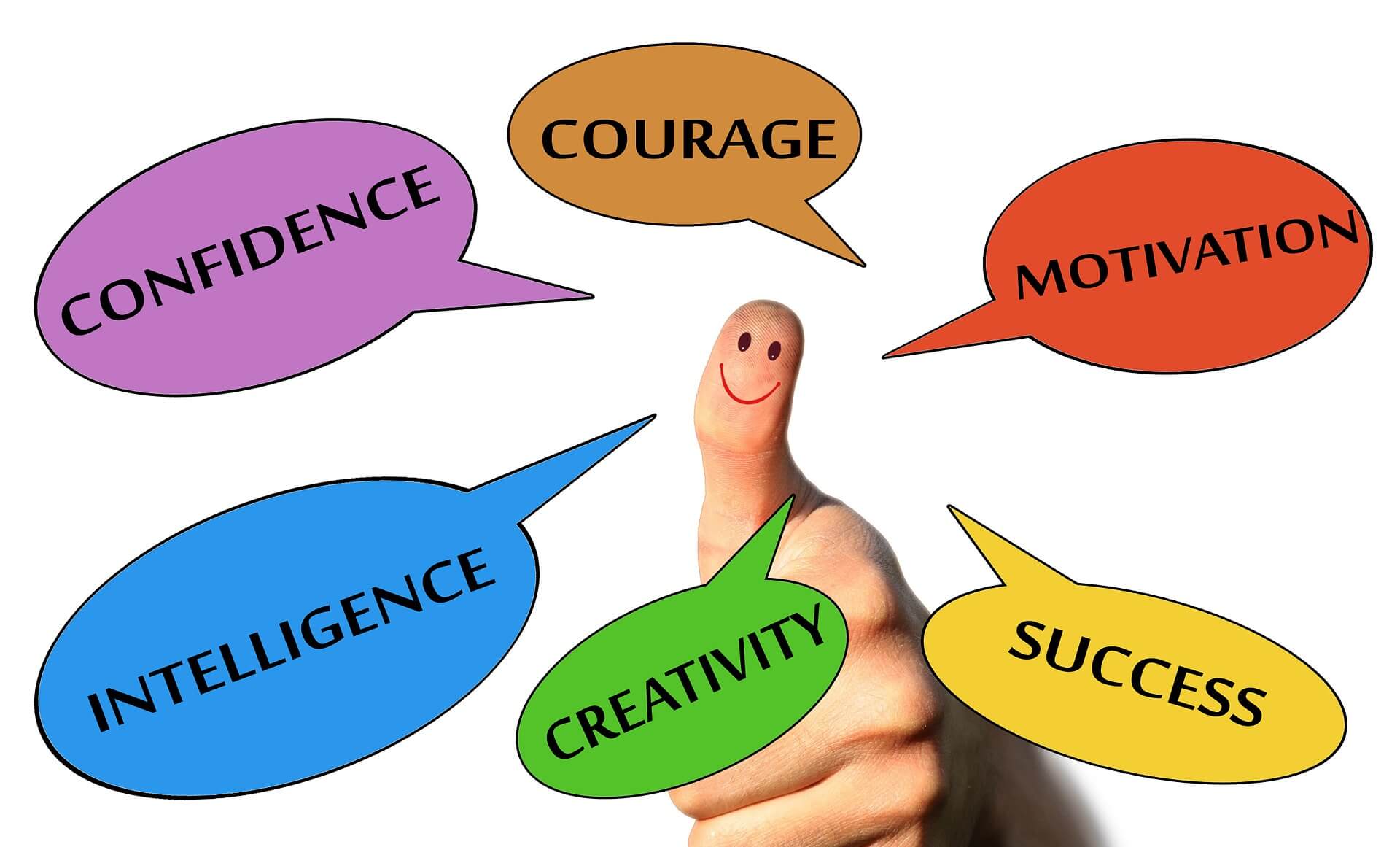The consumer packaged goods (CPG) industry is undergoing another profound transformation, driven by the rise of brands expanding their influencer marketing.
These ventures, spearheaded by social media personalities, redefine how products are launched, marketed, and consumed.
By leveraging authenticity, pre-built audiences, and direct engagement, influencers are disrupting traditional brands and creating entirely new market dynamics.
If you prefer to listen rather than read:
The Power of Influencer-Led Brands
Influencers have built careers on relatability, trust, and engagement with their audiences. This unique connection translates seamlessly into the consumer marketplace.
When Logan Paul and KSI launched Prime Hydration in 2022, their built-in fan base helped propel the brand to $1.2 billion in sales within just one year. This staggering success highlights how influencers can skip the slow burn of traditional brand-building and go straight to market dominance.
Similarly, Emma Chamberlain’s Chamberlain Coffee leverages her personal brand as a coffee enthusiast. By aligning her product with her authentic interests, she not only attracts her YouTube followers but also a wider audience of coffee lovers. The brand recently secured $7 million in funding to expand its reach, showing that authenticity paired with strategic growth can be a winning formula.
Another standout example is MrBeast’s Feastables. Known for his elaborate and charitable YouTube stunts, MrBeast created a snack brand that mirrors his fun and engaging online persona. Within a few months of launch, Feastables generated $10 million in sales. MrBeast’s willingness to involve his audience in the brand’s journey, such as soliciting feedback on packaging and flavors, has solidified the brand’s appeal.
Even in the personal care space, influencer-led brands are making waves. Jake Paul’s W body care brand raised $11 million in Series A funding in mid-2024, signaling that influencer-led ventures are not limited to snacks and beverages. W’s young, male audience is drawn not just to the product but to the personality behind it, showcasing how effective these ventures can be at capturing niche markets.
Authenticity as a Key Differentiator
Authenticity is the cornerstone of influencer-led brands.
Consumers increasingly seek transparency and connection, valuing brands that reflect their own values.
For example, MrBeast’s Feastables infuses the influencer’s playful yet philanthropic ethos. Feastables earned $10 million in chocolate bar sales within its first few months by resonating deeply with MrBeast’s audience.
Established CPG brands can learn from this. Dove’s Real Beauty campaign is a standout example of how a traditional brand can also build authenticity. By shifting the focus from products to shared values, Dove has sustained consumer trust for over a decade, demonstrating that even large brands can adapt this influencer-driven strategy.
Another great example is Nike. By consistently aligning its campaigns with cultural and societal values, Nike has managed to remain relevant across generations. Its collaboration with Colin Kaepernick, despite being polarizing, resulted in a 31% spike in online sales and reinforced its position as a brand that stands for something bigger than its products.
The rise of influencer-led brands also highlights the importance of storytelling. Consumers are drawn … Click to continue reading








 Quantum Customer Centricity (QC2) takes a multi-dimensional view of the four moving parts of a customer-first strategy. It boosts business by leveraging your strengths while identifying the biggest opportunities for growth. It finds the small, key changes that will maximise your company’s benefit.
Quantum Customer Centricity (QC2) takes a multi-dimensional view of the four moving parts of a customer-first strategy. It boosts business by leveraging your strengths while identifying the biggest opportunities for growth. It finds the small, key changes that will maximise your company’s benefit.









